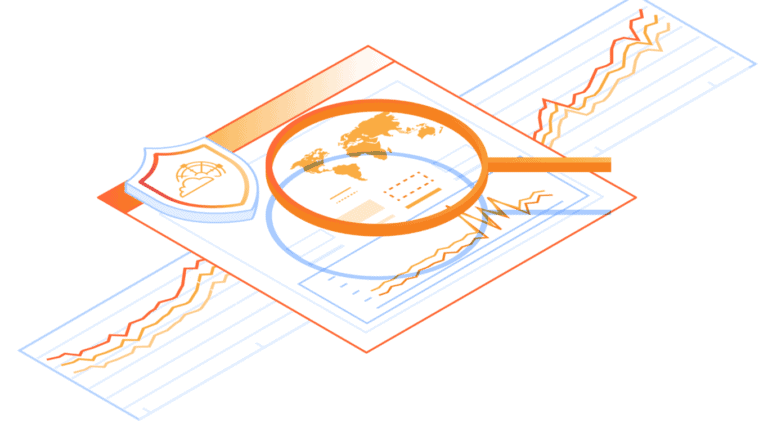Cloudflare is introducing a platform to provide cybersecurity teams with cyber threat intelligence. The information is an overview of real-time cyber attacks that are currently taking place.
Cloudflare plans to leverage its vast collection of insights to better support cybersecurity teams. As a global player, the company monitors and tracks billions of cyber threats daily. In the last quarter of 2024, for example, Cloudflare averaged 227 billion cyber threats blocked daily. The company now aims to share this information with cybersecurity professionals through its new Cloudforce One platform. This would allow teams to be better informed about attacks without requiring additional financial investment. The Cloudforce One platform is available immediately.
Challenges with traditional systems
Research shows that more than three-quarters of companies make security decisions without properly utilizing information from their threat intelligence systems. According to Cloudflare, traditional threat intelligence feeds often lack necessary context, forcing cybersecurity teams to guess why particular threats are included in the feed.
“Not all threat feeds are reliable or timely. Our industry is plagued by insights that are outdated or fragmented, significantly increasing the chances of organizations falling victim to hackers,” said Matthew Prince, co-founder and CEO of Cloudflare.
Cloudforce One platform
The new Cloudforce One platform is built on Cloudflare Workers AI, enabling scaling during data spikes. For organizations, it provides a time-lapse view of attacks across the Internet. To prevent information overload, users can restrict the view to specific environments, sectors, or regions.
Blake Darché, head of Cloudforce One at Cloudflare, explains: “Organizations need actionable threat intelligence to understand the scope of attacks they need to defend against and how the aggressiveness and techniques of hackers are evolving. Most industry tools overwhelm security teams with irrelevant threat information, often leading to false positives and/or false negatives.”
Also read: Behind the scenes of cybersecurity: threat intelligence at Visma
